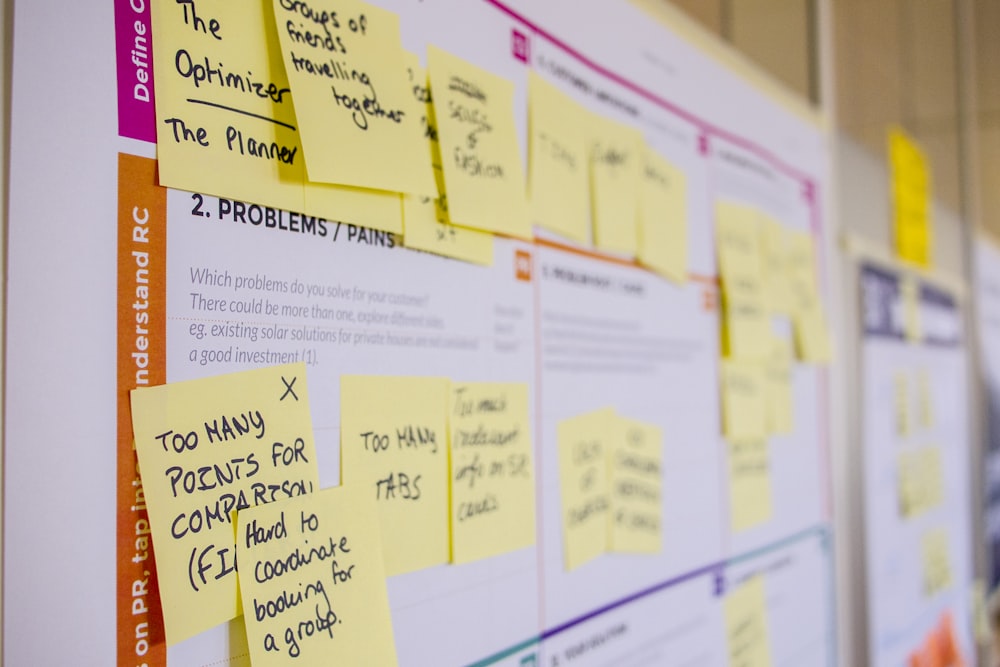
Source: Daria Nepriakhina
If someone were to tell you that you use design thinking almost every day, I bet the first words out of your mouth would be, “Uh, no, because I don’t even know what it is.”
Yes, you do.
When I first heard of design thinking, I was anticipating diving headfirst into a new philosophy. What I soon discovered is that this is something that most of us do consistently, in its most basic form, sometimes every day.
To put it plainly, design thinking is essentially gathering information about a problem, developing a solution, and testing that solution to receive feedback on its efficacy in addressing the problem. Essentially it’s the good old “If at first, you don’t succeed, try and try again.
Design thinking is a five-step process, as illustrated below:

Source: University of Illnois Urbana-Champaige, Center for Innovation in Teaching & Learning
Empathize – have conversations with your users to learn about how they think and what issues they are having
Define – clearly state what the problem is that you are trying to solve
Ideate – start brainstorming solutions to the problem through research, drawings, etc.
Prototype – choose one of the solutions from the previous step and create a prototype (or several)
Test – show your solution to users for feedback and use it to improve the design
I can relate to this so easily because I do this in my job every day. As a business analyst, I look at processes within the institution and work to develop improvements. Mostly, other departments come to us seeking help.
For example, a department reached out to us a couple of months ago because they were having backlog issues due to professors not understanding a certain textbook process. We sat with them to understand the process and struggles they face. We were able to determine the main problem, which was the lack of information, and presented them with a website redesign and informative “explainer” videos for them to share with the faculty. After many test runs with the requesting department, and also faculty, we refined the site and videos for a successful resolution.
We’re now starting the same method with another department, which requested help with their hiring process and subsequent software. Word is beginning to spread throughout the college about our work and departments are scrambling to get our help.
I find this interesting because as simple as design thinking may seem, people still struggle with it, particularly those that are in the thick of the problem. There could be other factors, like time and resources, but I think it’s difficult overall to step back and view it with a clear head, especially if design thinking isn’t necessarily part of your day-to-day work. But just like with anything else, the more you do it, the better you get at it.
References:
Comments